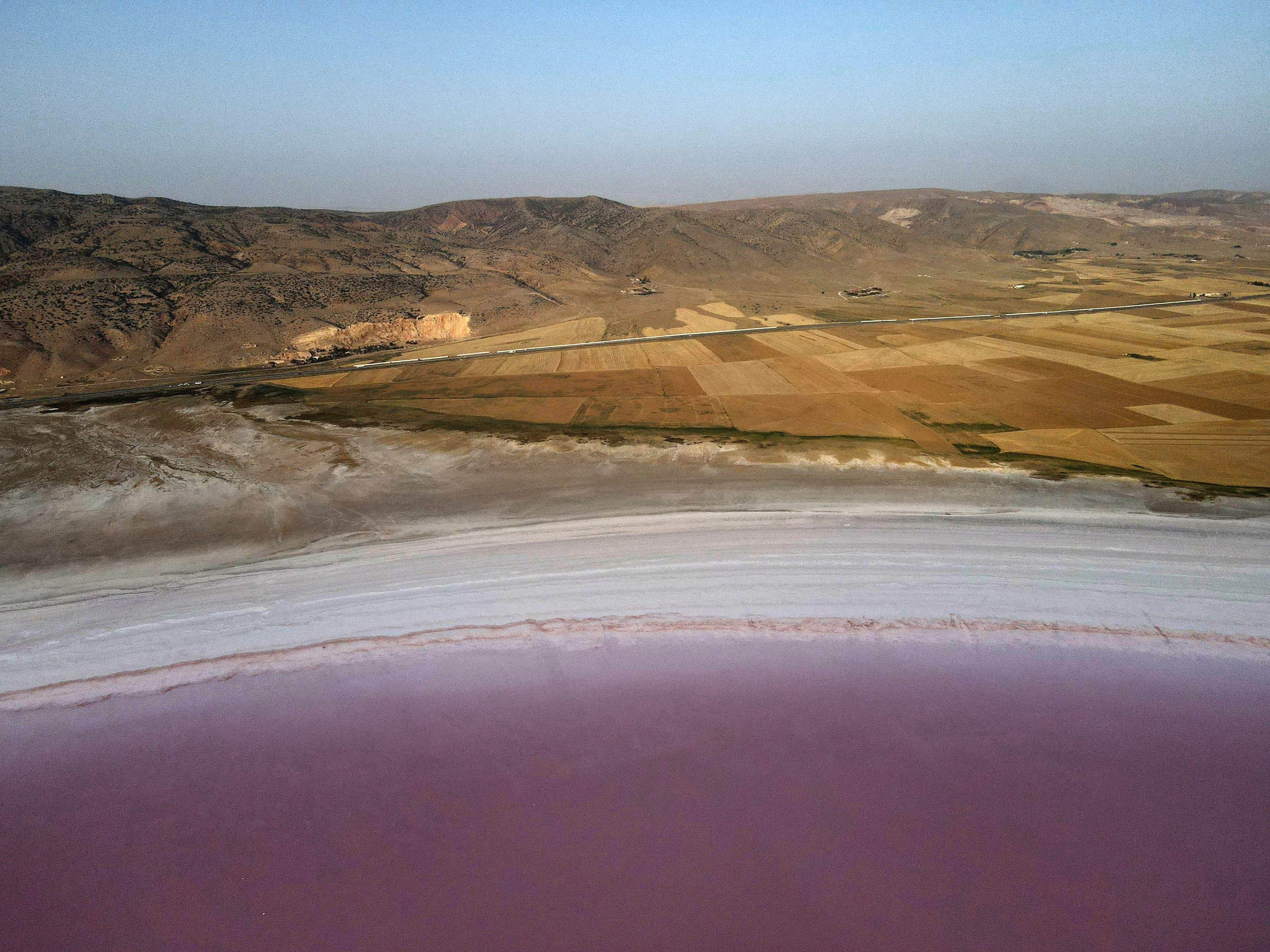Water Use for Fracking Has Skyrocketed, USGS Data Show
Wells drilled for gas drink far more chemical-laced fluids than those drilled for oil.
As a concept, hydraulic fracturing has changed very little since the first wells were drilled in the late 1940s. In practice, however, what most people now know as fracking has undergone a transformation.
Then, as now, a well is drilled into a shale rock formation, and then fluid is pumped in at high pressure, opening cracks that release oil, gas, or both.
The combination of this technique with horizontal drilling and other advances has brought both the boom and the controversy now associated with fracking.

The evolution of hydraulic fracturing—and its demand on water supplies—can be seen in historical data covering nearly one million wells drilled over 63 years. An analysis from the U.S. Geological Survey, released in late January, notes that water-intensive horizontal or directional drilling increased dramatically between 2000 and 2010.
Water impacts are a central issue addressed in new rules for fracking on U.S. public land. The Bureau of Land Management tightened requirements for well construction and for the storage of wastewater.
The earliest wells were fracked with—believe it or not—crude oil, gasoline, or a combination, according to the USGS. Water was introduced as a fracturing fluid in 1953, and as the industry developed its techniques, it began drawing much larger volumes of water, beginning in the early 2000s: an average of 4.1 million gallons per gas well, and 2 million gallons per oil well, as seen in the graph above.
Staggering as the figures seem, they probably don't represent the whole picture. The USGS is careful to note that its report covers only the available numbers reported by the industry, which "likely do not include all hydraulic fracturing activities in the United States."
The USGS survey stops at 2010, just as the drilling boom was getting under way. The agency is preparing another set of more recent data.
"Once the statistics are available, I'm sure they will show that the average amount of water used for fracturing horizontal wells has continued to grow since 2010," says Scott Anderson, a senior policy analyst at the Environmental Defense Fund. Anderson notes the horizontal portions of wells have grown longer, while the number of "stages," or sections of a well that are hydraulically fractured, has increased: "Both of these factors drive water use up."
Additional reporting was done by J. L. Wang.
The story is part of a special series that explores energy issues. For more, visit The Great Energy Challenge.





